Fasting has become a hot topic, and understandably so. New science is emerging about fasting, and its benefits are impressive.
Finding a good reason to fast is easy, but starting one can be difficult. Between all the different types of fasts, differing opinions on how to do them and what breaks a fast, a quick google search for "how to fast" can quickly become a mind-spinning rabbit hole.
Should you start with TRE (time-restricted eating) or ADF (alternate day fasting)? Or what about a FMD (fast mimicking diet)? Water-only fast, or dry fast?
As you’ll learn, the process of picking the best fast for you simply requires understanding your goal for fasting, and how different methods can support that goal.
So, if you’re interested in fasting but don’t know which fast is best, this article is for you.
By the end of this post, you’ll not only know which fast to choose, but you’ll have the information you need to get started.
But before we get ahead of ourselves, let’s go over the fundamentals — what is fasting, and what benefits does it offer?
Caution: Fasting is not for everyone, especially those who are pregnant or breastfeeding, under the age of 18, or have diabetes, low blood pressure, or a history of eating disorders. Please consult your doctor before starting a fasting practice.
How to Fast for Your Health Goals
What Is Fasting?
Fasting involves controlled, voluntary abstinence from caloric intake to achieve a physical, mental, or spiritual outcome.
And although fasting may appear to be the latest health fad, it’s actually something humans have endured (voluntary or not) throughout evolution.
Our ancestors would regularly go days or even weeks without food. As a result, humans have evolved specific adaptations to survive, and even thrive, during periods of famine.
The truth is, our physiology functions quite well in a fasted state. And it makes sense why: in the absence of food, our the timing of our next meal uncertain, our biological systems need to operate efficiently, and our brain and body need to function optimally.
A fasted state primed us to be on our physiological “A Game” because our survival depended on it.
But a lot has changed since then, and most of us no longer face the threat of starvation. With convenience stores and refrigerators offering food on-demand, fasting is no longer built into our lifestyles.
So why even bother? When food is so readily available, why should we take time to voluntarily abstain from it?
Well, because our bodies evolved to experience periods of time without food. By consuming food all day long, from morning to night, we're not activating any of the physiological benefits that fasting can provide.
And even more compelling than the ancestral argument, new research suggests it may be one of the simplest, yet most effective, strategies for improving our overall health.
Fasting has been shown to improve*:
- Gut health [1]
- Brain health [2][3]
- Heart health [4][5]
- Energy levels [6]
- Body composition [6][7]
- Appetite regulation [8]
- Immune system health [9][10]
- Longevity and anti-aging [6]
- Self-control, willpower, and relationship to food
With so many good reasons to do it, it’s not surprising that so many people want to try it.
But moving from wanting to fast to starting a fast is a precarious step because of the myriad of different fasts on the menu.
Fortunately, we’ve put together guidelines for helping you choose the right fast for you, depending on your personal goals.
Note: Pre-menopausal women may be more sensitive to fasting, and should exercise caution if experiencing adverse side effects. For more information on fasting for women, start here.
Choosing the Right Fast for You
Let’s get one thing clear: There is no “best fast” for everyone.
Why?
Because everyone is different. We have individual goals and experience levels. Our lifestyle, environment, and stressors are unique to us. We have our own relationship with food and hunger.
Even our genes play a role in how our bodies respond to fasting.
The best fast for you is the one that aligns with your goals, meets you where you’re at, and nudges you to take a few steps in the direction that you want to go.
The first step in determining which type of fast is best for you is to ask yourself: Why are you fasting?
When you have a specific goal in mind, the task of selecting a fast becomes simple — pick the fasting practice that best serves your goals. Then, start with a reasonable duration, depending on your experience with fasting.
Below you’ll find recommendations for fasting practices that best suit each of the most common fasting goals: Body composition, gut health, and longevity.
However, the benefits of fasting are wide-ranging, and you’ll likely experience more than one benefit from each practice!
Additionally, the following fasting practices rank from beginner to advanced, so be sure to consider which type of fasting is suitable for your experience level.
(Note: This is not an exhaustive list of all of the possible goals or fasts. Just a template to get you started on choosing the right fast for you!)
The Best Fast for Your Health Goals
How to Fast for Body Composition: Intermittent Fasting
Level: Beginner-Intermediate
How to Do it: Intermittent Fasting (IF) involves fasting for 12 to 22 hours between one day’s final meal and the following day’s first. IF is great for entry-level fasters who want the “minimum effective dose” for general health and improving fat loss or muscle gain efforts.
Duration: Because IF involves shorter windows of fasting, it is typically safe to practice regularly. Some individuals fast for 12-22 hours every day, while others do better cycling IF every other day or seasonally.
Why It Works: IF of 12-16 hours can elevate fat metabolism and growth hormone secretion, leading to improved body composition.* It may also be easier to maintain exercise routines during short fasting windows, further supporting body composition.
Pro Tip: We don’t recommend combining IF with calorie restriction, as the combination can negatively affect sex hormones. To keep hormones balanced, be sure to consume a typical day’s worth of calories during your feeding window.
How to Fast for Gut Health: Caloric Liquid Fasting
Level: Intermediate
How to Do it: A Caloric Liquid Fast (CLF) involves consuming only low-calorie liquids such as bone broth, fatty coffee, low sugar green juice, or smoothies, in addition to non-caloric beverages like water, coffee, and tea. A CLF is an example of a fast that includes calories (such as a Fast Mimicking Diet) but still allows you to reap many health benefits, most notably for digestion and gut health.*
Duration: This type of fasting can typically be done safely for anywhere between 24 hours and several days, although 3-5 days are most common.
Why It Works: Many of the liquids listed here, including bone broth and coffee, have beneficial and soothing effects on the gut. When coupled with the intrinsic benefit that fasting has on microbiome diversity and providing a respite for the digestive tract, this type of fast can have a potent effect on the strength of your gut flora and digestion.*
Pro Tip: If you decide to do a CLF with juice or smoothies, make sure they are extremely low in sugar to keep blood glucose stable during the fast. Juice and smoothies should be primarily composed of vegetables, water, healthy fats like coconut and avocado, and low-sugar fruits like berries.
How to Fast for Longevity: Non-Caloric Liquid Fasting
Level: Advanced
How to Do it: During a Non-Caloric Liquid Fast (NCLF), only non-caloric beverages like water, black coffee, and tea are consumed. Some individuals stick to just water during this kind of fast, but whether or not a strict water fast provides more benefits is unclear in the research. In fact, polyphenol-rich beverages like coffee or tea during a fast may enhance some of the benefits of fasting, not to mention make it mentally easier for most of us coffee lovers!*
Duration: NCLF can be practiced anywhere between 24 hours and several days. Typically, the longer you engage in this fast, the deeper the body gets into cellular cleansing. However, strict fasts should only be conducted by healthy individuals under the supervision of a healthcare professional. Be sure to consult with your physician before trying a multi-day NCLF.
Why It Works: Autophagy kicks in between 12 and 16 hours into a fast and is slowed by the intake of calories. Longer fasts with zero-calorie intake enhance the autophagic process and provide your cells more time to regenerate and optimize their function.*
Pro Tip: NCLF can lead to electrolyte imbalances, mostly if done for extended periods and/or combined with excessive sweating. Ensure you're getting adequate minerals by adding 1/2-1 tsp per day of quality sea salt to your water. Alternatively, you can supplement with electrolytes or trace minerals, but be sure it’s a formulation that doesn’t include added calories or sugar.
How to Fast Safely
What if you want to fast for gut health (intermediate) or longevity (advanced) despite being a rookie faster? Is it smart to jump right into a CLF or NCLF without any experience?
Pick the fast that best aligns with your goals, regardless of your experience. However, start easy and progressively increase the length and frequency of your chosen fast. Resist the impulse to overextend yourself.
For example, if you want to fast for gut health but you're a beginner, you might try a 24-hour smoothie fast to see how you feel. When you’re ready for your next fast, shoot for two days, or perhaps try a 24-hour bone broth fast.
In other words, play the long game and start building a fasting practice that can become a sustainable part of a healthy lifestyle.
And to that end, it pays to know how to avoid the most common fasting faux pas that can derail even the best of plans.
Common Fasting Mistakes and How to Avoid Them
In addition to going too big too fast (pun intended), the three most common mistakes that keep us from achieving our goals are expecting fasting to be a cure-all, not drinking enough water, and breaking our fast with the wrong foods.
Expecting a Cure-All
The internet is full of people who claim that fasting was responsible for their dramatic health transformation — from extreme weight loss to reversing the aging process to curing XYZ.
But don't be fooled. Fasting alone is not a cure-all, and should ideally be used in conjunction with a healthy lifestyle.
If you’re going to fast with a specific health goal in mind, be sure to dedicate as much attention to your sleep, nutrition, exercise, and stress management as you do your fast.
Not Consuming Enough Water
We eat approximately one-fifth of the water we consume. So, even if you’re drinking as much water as you usually do, the fact that you’re not eating as much increases your risk of dehydration.
The solution? Make a deliberate effort to drink more water than normal.
Drinking water can also help mitigate cravings. So, even if the forks are down, keep the water bottle bottoms-up. Adding salt or electrolytes to your water will also help keep you hydrated.
Breaking a Fast With the Wrong Foods
Upon refeeding, you may have a desire to gorge yourself with guilty pleasures, probably not because of physical hunger, but because of psychological compulsion. I mean, what sounds better after a fast than a bag of crunchy potato chips?
However, breaking a fast with the wrong kinds of foods can not only be hard on your gut, it's simply counterproductive. You’ve given your body the chance to clean up old, defective cells, and now it’s primed and ready to receive the nutrients it needs to rebuild and regenerate.
Avoid processed foods to break a fast, as your body will likely be very sensitive to sugar, refined grains, and vegetable oils.
Instead opt for a high-fat, low-carb meal that’s easy to digest. Think avocados, coconut yogurt, lightly cooked veggies, or maybe a piece of salmon. For tips on how to break a fast mindfully, read this article.
Ki Points on How to Fast
If you’ve made it this far, you’re now prepared and well equipped to start your fasting journey with clarity and confidence.
But before you head out, let’s quickly review the Ki Points on how to fast for your health goals:
- Picking a fasting practice can be difficult because there are so many options to choose from.
- The first step is to get clear on your primary fasting goal. Then, pick the fast that best serves your goal.
- To improve body composition, try intermittent fasting (IF).
- To boost gut health, start with caloric liquid fasting (CLF).
- For longevity, go for non-caloric liquid fasting (NCLF).
- Start slow and go easy, especially if you’re a beginner. You can always increase the duration and frequency later.
- Don’t become too myopic on fasting at the expense of the other pillars of good health.
- Drink more water than you’re used to.
- Break your fast with nutritious, easy to digest, whole foods.
Happy fasting, friends.
If you want us to cheer you on, post your fasting goal and method in the comments below!
References:
-
Lara-Padilla, Eleazar et al. “Intermittent fasting modulates IgA levels in the small intestine under intense stress: a mouse model.” Journal of neuroimmunology vol. 285 (2015): 22-30. doi:10.1016/j.jneuroim.2015.05.013
-
Alirezaei, Mehrdad et al. “Short-term fasting induces profound neuronal autophagy.” Autophagy vol. 6,6 (2010): 702-10. doi:10.4161/auto.6.6.12376
-
Mattson, Mark P. “Energy intake, meal frequency, and health: a neurobiological perspective.” Annual review of nutrition vol. 25 (2005): 237-60. doi:10.1146/annurev.nutr.25.050304.092526
-
Tinsley, Grant M, and Paul M La Bounty. “Effects of intermittent fasting on body composition and clinical health markers in humans.” Nutrition reviews vol. 73,10 (2015): 661-74. doi:10.1093/nutrit/nuv041
-
Halberg, Nils et al. “Effect of intermittent fasting and refeeding on insulin action in healthy men.” Journal of applied physiology (Bethesda, Md. : 1985) vol. 99,6 (2005): 2128-36. doi:10.1152/japplphysiol.00683.2005
-
Anton, Stephen D et al. “Flipping the Metabolic Switch: Understanding and Applying the Health Benefits of Fasting.” Obesity (Silver Spring, Md.) vol. 26,2 (2018): 254-268. doi:10.1002/oby.22065
-
Ho, K Y et al. “Fasting enhances growth hormone secretion and amplifies the complex rhythms of growth hormone secretion in man.” The Journal of clinical investigation vol. 81,4 (1988): 968-75. doi:10.1172/JCI113450
-
Natalucci, G et al. “Spontaneous 24-h ghrelin secretion pattern in fasting subjects: maintenance of a meal-related pattern.” European journal of endocrinology vol. 152,6 (2005): 845-50. doi:10.1530/eje.1.01919
-
Choi, In Young et al. “A Diet Mimicking Fasting Promotes Regeneration and Reduces Autoimmunity and Multiple Sclerosis Symptoms.” Cell reports vol. 15,10 (2016): 2136-2146. doi:10.1016/j.celrep.2016.05.009
-
Cheng, Chia-Wei et al. “Fasting-Mimicking Diet Promotes Ngn3-Driven β-Cell Regeneration to Reverse Diabetes.” Cell vol. 168,5 (2017): 775-788.e12. doi:10.1016/j.cell.2017.01.040



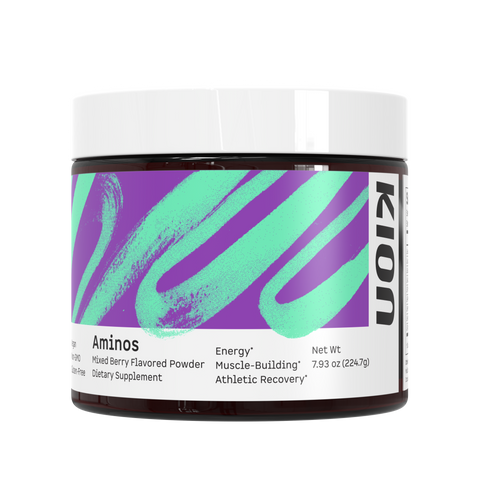
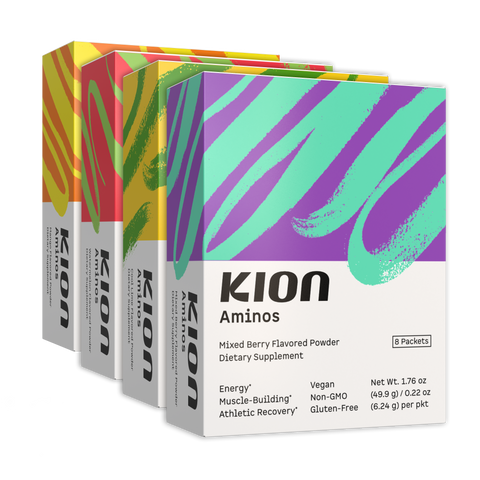
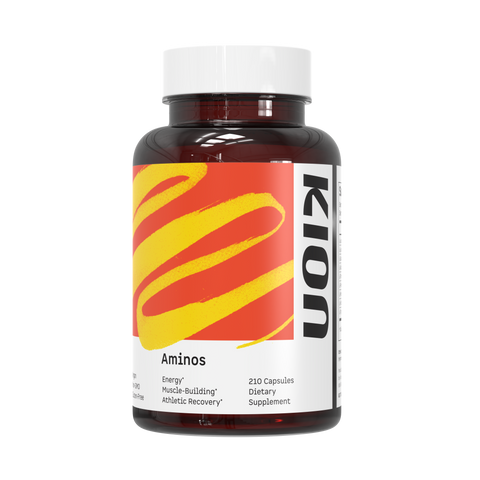
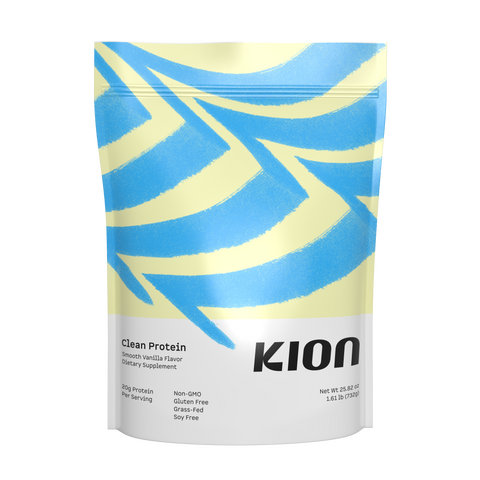
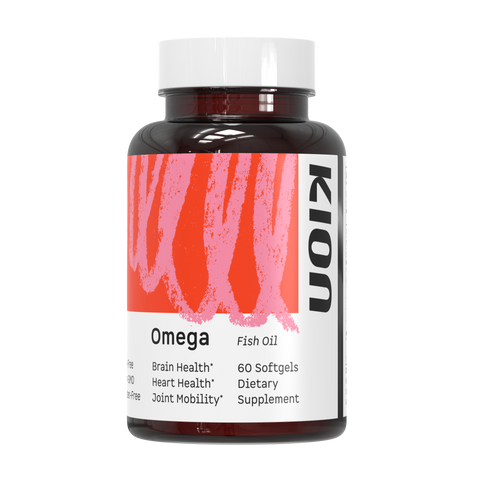
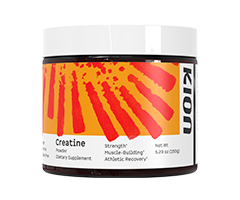
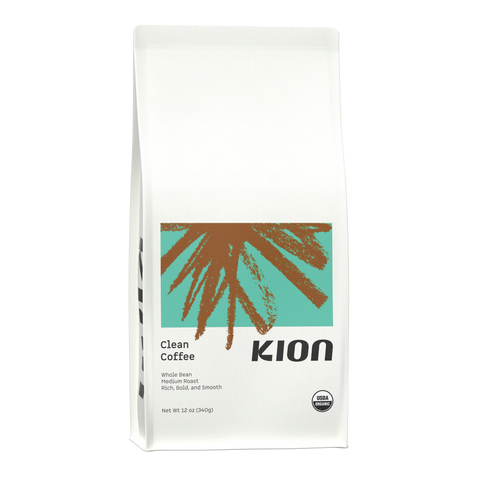
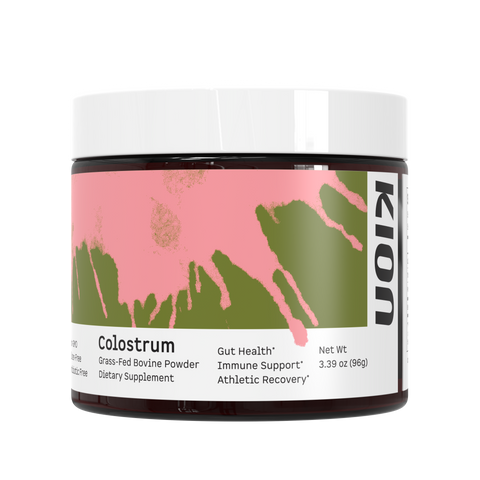
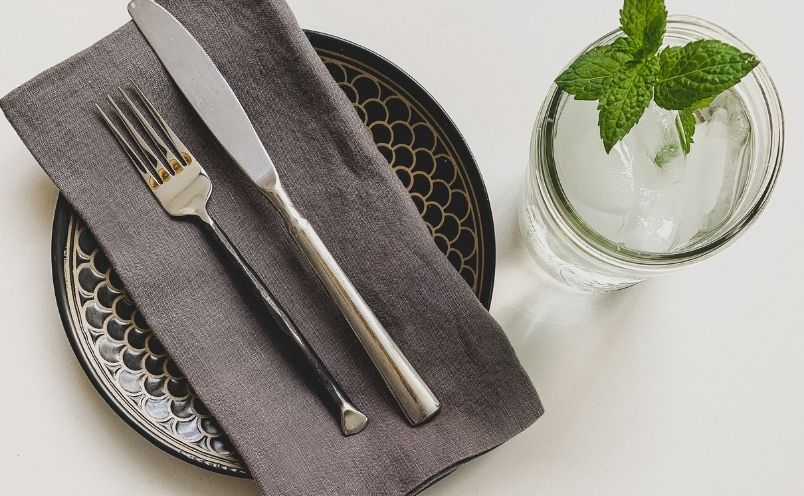



Comments
I am excited to learn so much about fasting and I would like to start the 14 hour fast and I am hoping to advance to the 18 hour as I start to lose weight , Thank You
———
Kion replied:
Hi Brenda,
We’re happy to hear that you’re learning as much as possible about fasting. Please feel free to complement this information with the following articles to give you a deeper insight into fasting for women. We want to encourage as well to practice fasting under the supervision of a certified healthcare practitioner: https://getkion.com/blogs/all/fasting-for-women-1 https://getkion.com/blogs/all/fasting-for-women-2
You can always visit our YouTube channel, where you’ll find information on fasting for women. https://www.youtube.com/c/GetKion
Please feel free to reach out to [email protected] if you need further assistance.
Best wishes in your health journey!
Kind regards.
Brenda Pettit on
I’ve done IF before but during this challenge I wanted to push my limits on the duration. I usually fast for 14-16 hours, usually breaking fast at lunch time around noon. I structured this fast to increase that time one hour each day. On day 5 my IF will be 20 hours. I found day 3 most difficult as I was not as busy and my focus shifted to food and hunger often. Day 4 was as easy as day 1. Day 5 will be most difficult as I will be at home caring for my 16 month old son. He will be eating often and I have many snacks and foods readily available which I will have to resist. I find days at home with minimal scheduled activities are the worst days for overeating. Thank you Ben and the Kion team for the support and information.
Brian on
In this 5 days I will be alternating between water only and Juicing depending on my workouts. I am also still doing my IF.
Angela on
I think I’m going to start with IF. My main goal is weight loss, which I assume is part of “body composition”? I would like to do CLF soon afterwards for gut health. I’ve had to go on a liquid diet occasionally because of diverticulosis (not -itis), and I found it pretty easy to manage for a few days at a time.
Thank you for cheering me on!!!
Kim
Kim on
IF is my goal starting with a 12 hr and building up to longer. I’ve done it in the past with great results but I’m an emotional eater and life happened. Rebooting my mind and body for the new year.
CMR on